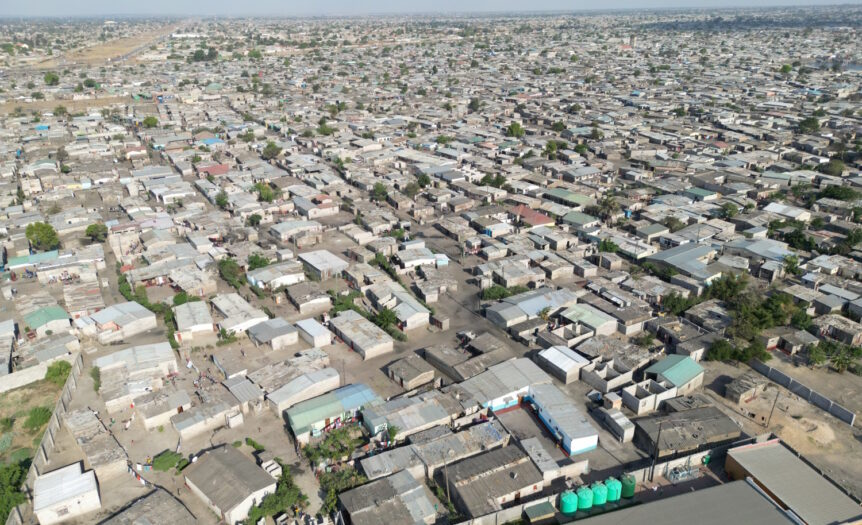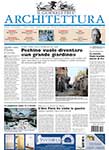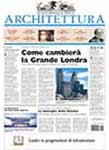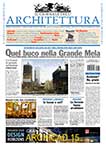Before its invasion and eventual pillage by invading British forces in 1897, Benin city was hailed by early Portuguese sailors, as neat and better planned than medieval London. Historically, pre-colonial cities like Benin offered a glimpse to the character and sophistication of early cities in sub-Saharan Africa. Nonetheless, this narrative has not quelled the often-contentious debate on the realism of pre-colonial cities in sub-Sahara Africa. Western scholars often insist that the concept of a city and urban phenomena should be universal and not adjusted to accommodate non-western notion of cities and urbanization, like those that existed in pre-colonial Africa. They anchor their characterization of cities on the premises of capitalist and pre-capitalist conditions; defining cities as spatial entities that have been subjected to the vagaries of capitalism like markets and production activities.
Regrettably, contemporary cities in Sub-Sahara Africa have very little socio-spatial precedence to build upon, largely because of colonial subjugation and all-around disruption of indigenous spatial models during the half-century of colonialism in Africa, and the violent and devastating expedition that preceded it. Cultural heritage was indispensable; yet these artefacts are often the first elements to be jettisoned in contemporary African placemaking; thereby leading to avoidable socio-spatial dysfunction. Today, African cities struggle with its identity, largely because the needless resolve of city administrators, to enthrone a uniform sense of spatial order across these cities; one at variance with traditional socio-spatial models, thus socially fragmenting already thriving communities.
Although, Africa remains the least urbanized continent globally, it’s presently urbanizing at an unprecedented rate, presenting a raft of challenges for the region. Over the last half century, Sub-Saharan Africa cities have changed phenomenally – spatially and demographically. It is estimated that at least 32% of sub-Saharan Africans currently live in cities. African cities have grown over the last few decades, to become thriving metropolises, replete with modern architecture and infrastructure, mostly styled after their counterparts in the West. Yet, this narrative is only a vignette of the larger picture; beyond, the thin façade of glitz and prim, these cities are confronted with a myriad of growing urban challenges.
According to OECD, sub-Saharan Africa’s urban population is expected to further grow by at least 950 million people by 2050, growing at an annual rate of 4.5%. The 2014 UN World Urbanization Prospects also projects that four sub-Saharan African nations: Nigeria, Ethiopia, DR Congo and Tanzania along with four other countries outside the continent, will be responsible for half the world population growth between 2022 and 2050. It further estimates that the population of Lagos, Africa’s largest city – is estimated to grow by 77 people every hour until 2030. Yet, these cities continue to attract hordes of people from smaller towns and villages daily throning the cities in pursuit of a better life, further stretching existing infrastructure and available resources, thus daily living is getting harder for a larger cross-section of the local population living in cities. This rapid population and urban growth have naturally increased the demand for food, land, and other natural resources. Consequently, food prices have risen significantly by an average of 23.9 percent between 2020 and 2022, alone. The FAO estimates that at least 200 million people in Sub-Saharan Africa are under-nourished. Sady, food shortages will get worse, as the growing effects of climate change leading to flooding and droughts, in addition to the rising cost of logistics of delivering food to cities.
Nearly every country in sub-Saharan Africa is presently faced with a dubious legacy of rising social inequality, thus placing the region at the bottom of OXFAM’s Reducing Inequality Index (CRI); a situation that is manifested across nearly every facet of life in the region, through spatial segregation and uneven distribution of public amenities. Traditional mixed-class neighbourhoods are being replaced with exclusive fenced real estate, gated communities on one hand and slums on the other; demonstrating a clear divide between the rich and poor and even worse, the paucity of communal spaces like public, parks, playgrounds and open green areas, unsettling all avenues for social cohesion. For instance, the UN-Habitat estimates that only 55% of Africa’s urban residents have access to basic Water, Sanitation and Hygiene (WASH) amenities; a reality that could lead to the potential spread of communicable diseases during an outbreak. Another key challenge across nearly every city in sub-Saharan Africa, is the unequal spatial connectivity and lack of diversity in urban mobility systems, especially for low-income earners; a situation that has led to traffic congestion, high transportation costs and spatial fragmentation in most cities.
Like the rest of the world, countries in the region are also faced with the challenge of attaining zero-carbon, evolving from fossil fuel to renewable energy sources. For most third world countries, this presents a real dilemma; torn between sustainability and survival, where the absolute transition to non-fossil energy sources could mean, the decapitation of a key lifeline, especially for energy-rich countries like Nigeria, Angola etc that rely almost exclusively on these resources to fund their national budgets. This also poses a huge challenge in view of the inability of most cities to meet their energy needs making it difficult to avoid fossil fuels altogether. Even worse, the limited technological know-how and large initial setup capital required to deploy alternative energy technologies makes this a herculean task for most cities.
In conclusion, African cities are faced with challenges unlike never before. The added threats posed by the effects of global phenomena like climate change and pestilence, are daily accentuating the pre-existing urban problems, thus heightening the urgency with which these issues should be tackled. In this context, sustainable placemaking, would have been one that recreated a vision of the past, with the goal of influencing a constructive conception of the future of each place. This approach will enthrone a culture of urbanism whose cultural ideologies and economic dynamics are in harmony with every facet of daily living with traditional cultural values like Ubuntu.
To attain the goal of creating spatially equitable communities, it is necessary that a multi-faceted approach (encompassing, social, economic and ecological) strategy is adopted, consisting of the social injunction of “Living within one’s means”. This framework offers an opportunity for sub-Saharan cities to scrupulously make the most of available resources, and exclusively grow within the ambit of available resources, by adopting processes, strategies and plans that promote environmental, social, and ecological sustainability. Consequently, these cities must combat social inequality by developing a local mitigation strategy that enthrones an all-around spatial equity and justice; ensuring that all citizens irrespective of social class, receive equal access to basic amenities and that everyone is guaranteed unhindered opportunity to earn a decent living within their cities of abode.























